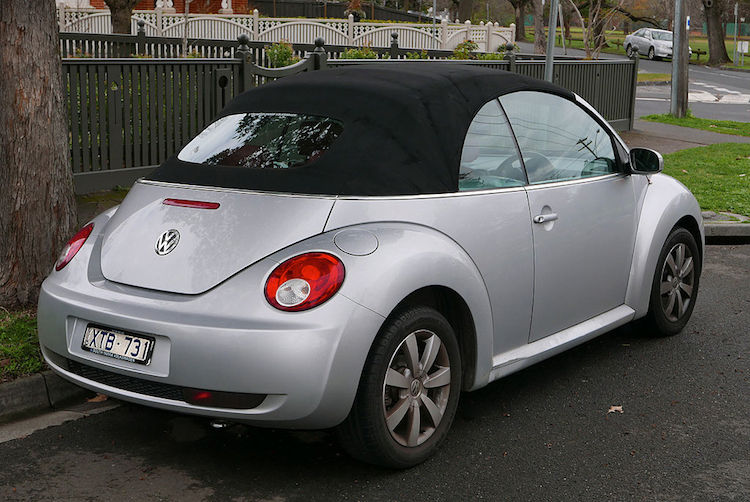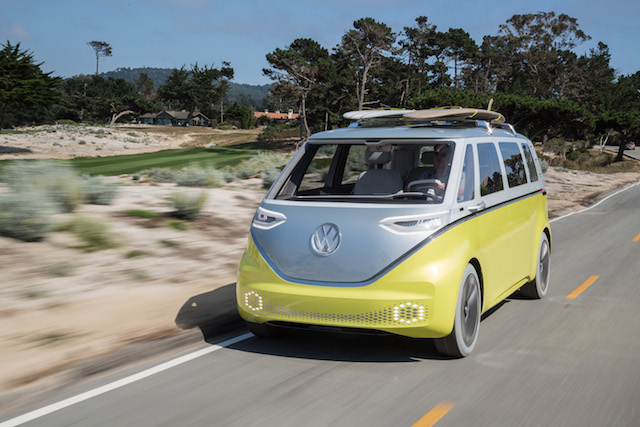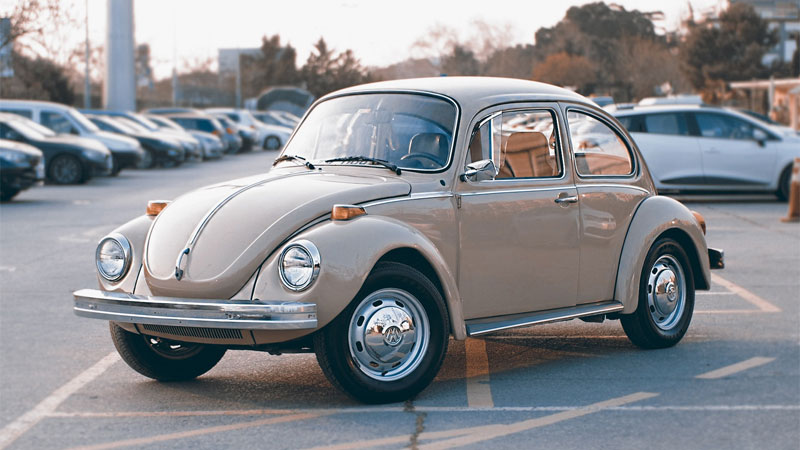You would be hard-pressed to find another vehicle with a model name as well known or as even as old as the Volkswagen Beetle. Years before it showed up on our shores, the Beetle design was established, the work of Ferdinand Porsche.
In 2014, Volkswagen marked the 65th anniversary of the Beetle in America, with 5.5 million models sold stateside since it was first imported.
Volkswagen Beetle Facts
Fact #1: Volkswagen Type 1
The “Beetle” wasn’t the first name Volkswagen used for its “people’s car.”
It was originally known simply as “Type 1” or as “the Volkswagen,” with Germans affectionately calling it “Kafer” or “Beetle” even before it was sold abroad.
Years earlier, Adolf Hitler ordered its construction to provide low-cost transportation for the average German family.
A small number of models were built for Nazi party officials during the Second World War, with mass production started after the war ended.
Fact #2: It Floats
The original Volkswagen Beetle floats. At least it does for a few minutes. That car had a sealed steel bottom with nothing exposed beneath it.
Its body was airtight, leading to Volkswagen creating a television commercial demonstrating that the Beetle, indeed, floated. Volkswagen added a disclaimer at the end of the commercial stating, “The VW will definitely float, but it will not float indefinitely.”
See Also – History of the Volkswagen Bus
Fact #3: A Counter-Culture Favorite
In the 1960s as young people began to embrace a counter-culture lifestyle, the Beetle’s appeal surged. Its simple, even cute design were important factors as was its price: it cost less than $2,000.
It also got good gas mileage, but its earlier models were designed to travel no faster than about 62 to 65 mph.
Fact #4: The Original Stayed Around
The last of the first-generation Volkswagen Beetle were built in Germany in 1977, with production then shifted to Brazil and Mexico. The Brazilian factory continued to produce Beetles until 1986, but the Mexican factory produced them until 2003.
However, the Latin American models were never exported to the US, which was then served by the replacement Rabbit, known as the Volkswagen Golf elsewhere.
Fact #5: Volkswagen New Beetle

(Credit: OSX, Public Domain Wikipedia).
Volkswagen revived the Beetle name in 1998, calling the model the “New Beetle” to distinguish it from the original.
It represented the second of three distinctive “Beetle” models ever built, but its relationship to the original was in name only.
The Volkswagen New Beetle drew its styling cues from the earlier design right down to the flower holder that sat on its dash. Although its rounded shape, front and rear fascia and overall demeanor paralleled the original model, the New Beetle sat on the same front-wheel-drive platform underpinning the VW Golf.
The New Beetle was built from 1997 to 2011.
Fact #6: New Is Old Again
If you replace the New Beetle with something new, should it be called the New New Beetle? Wisely, Volkswagen simply reverted to using “Beetle” for the most recent of the three distinctive models to bear the iconic model’s name.
Introduced to the US market for 2012, the current iteration shares its platform with the Volkswagen Jetta and is larger than both earlier Beetle models. Like the New Beetle, the current Beetle is front-engine and front-wheel drive, with more modern engine and transmission choices as well as the latest in-cabin technologies. It is also the first US-spec Beetle to offer a diesel engine.
Fact #7: Sales Leader
The current iteration of the Volkswagen Beetle falls under the two-door specialty coupe and convertible category.
In 2013, Beetle sales topped 43,000 units in America alone, becoming one of the most popular models in Volkswagen’s 11-model-line family.
Sales, however, began to fall in ensuing years, and are now less than half what they were at their current-generation peak. That said, Volkswagen will discontinue Beetle production in 2019, some 80 years after the original model rolled out.
Volkswagen Transformation: From Beetle to Electric Vehicles

The VW Beetle will soon be history, but its place in global autodom will continue to live on. Today’s models are nothing like the original, except for its iconic good looks.
Regardless, Volkswagen’s original model leaves as the brand makes its way in the 21st century, with even diesels now a thing of the past and electric vehicles soon to dominate.
See Also – Volkswagen Rabbit Reprise: Again!
VW I.D. Buzz Concept photo courtesy of Volkswagen of America.
- 2024 Mazda CX-50: A Compact SUV with Premium Aspirations - Apr 15, 2024
- 2024 Ford Mustang Review (Iconic Pony Car Evolves) - Apr 4, 2024
- 2024 Ford Maverick Review (Looks Like a Truck, Drives Like a Car) - Mar 28, 2024


